Russell Hobbs RHSCH601SS-M User manual
Other Russell Hobbs Ventilation Hood manuals

Russell Hobbs
Russell Hobbs RHGCH702B User manual
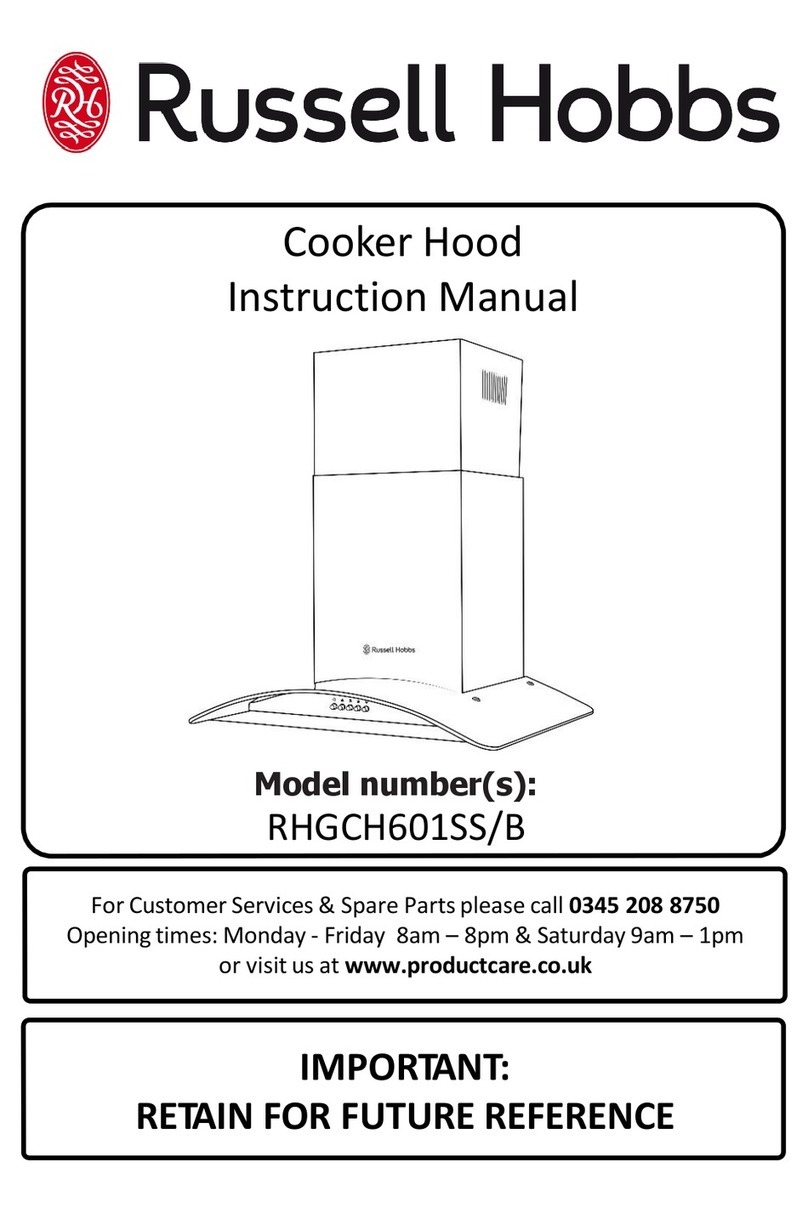
Russell Hobbs
Russell Hobbs RHGCH601SS/B User manual

Russell Hobbs
Russell Hobbs RHVSRCH602SS-M User manual
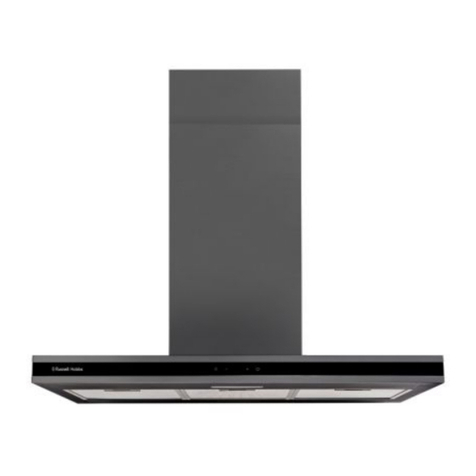
Russell Hobbs
Russell Hobbs RHICH904DB User manual
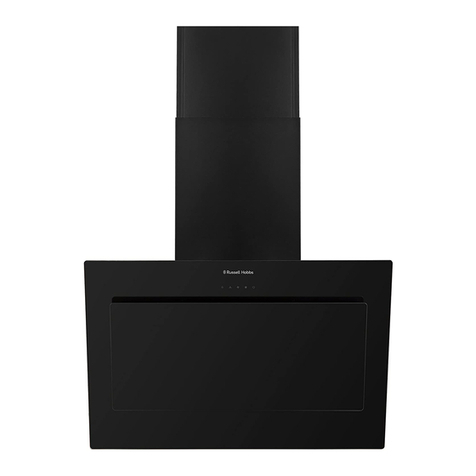
Russell Hobbs
Russell Hobbs RHGCH902B-M User manual
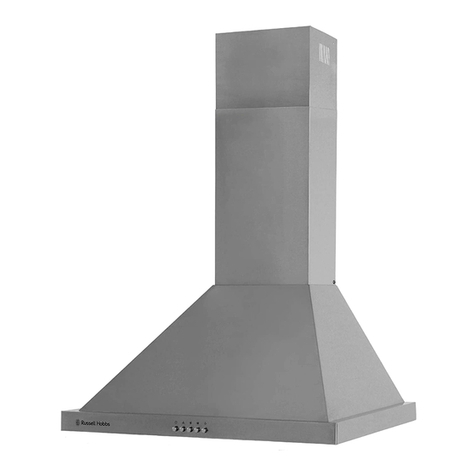
Russell Hobbs
Russell Hobbs RHSCH601SS User manual
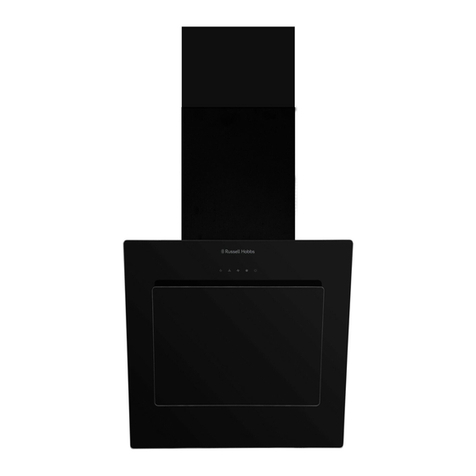
Russell Hobbs
Russell Hobbs RHGCH702B-M User manual
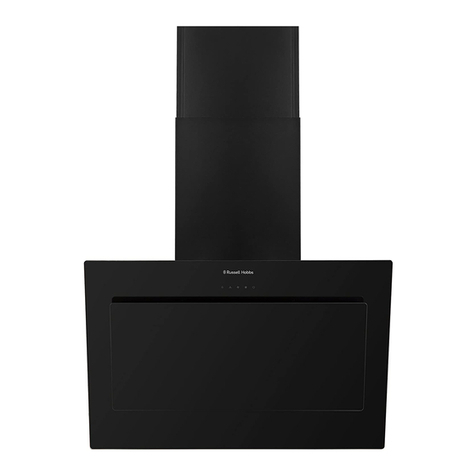
Russell Hobbs
Russell Hobbs RHGCH902B User manual

Russell Hobbs
Russell Hobbs Midnight RHGCH603DS User manual
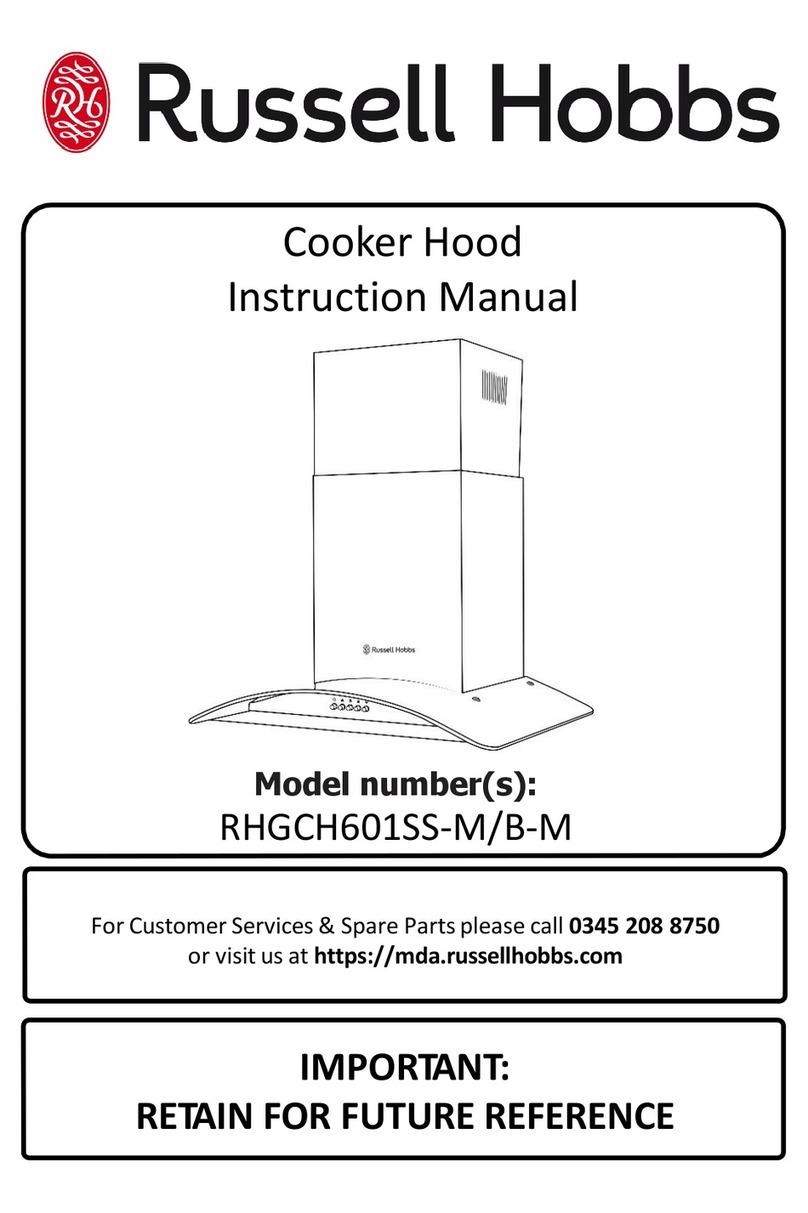
Russell Hobbs
Russell Hobbs RHGCH601SS-M-M User manual
Popular Ventilation Hood manuals by other brands

Gorenje
Gorenje S3 IHGC963S4X manual

KOBE
KOBE ISX2136SQB-1 Installation instructions and operation manual

U.S. Products
U.S. Products ADVANTAGE-100H Information & operating instructions

Kuppersberg
Kuppersberg DUDL 4 LX Technical Passport

Framtid
Framtid HW280 manual

Thermador
Thermador HGEW 36 FS installation manual






















